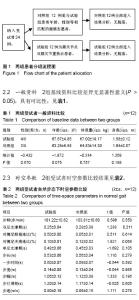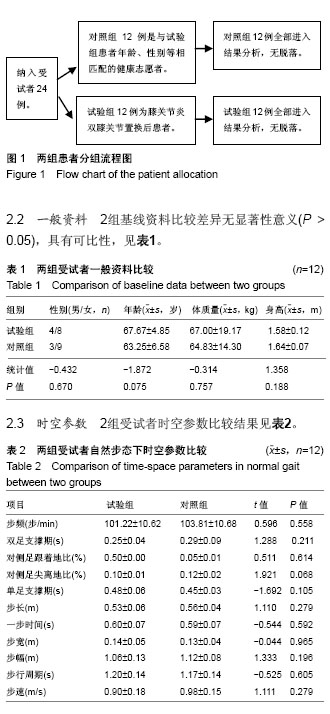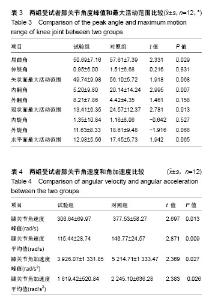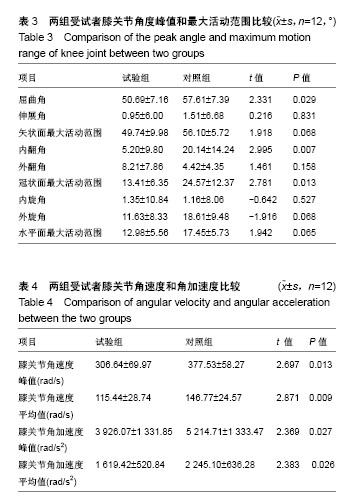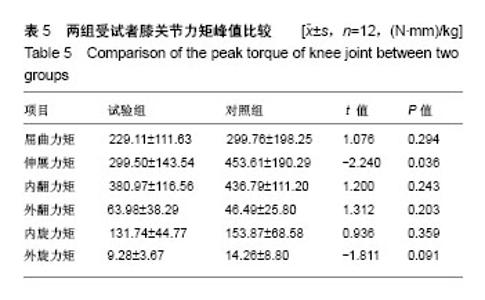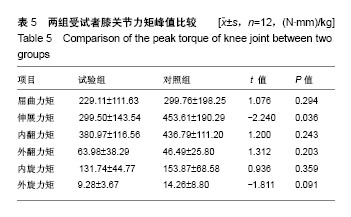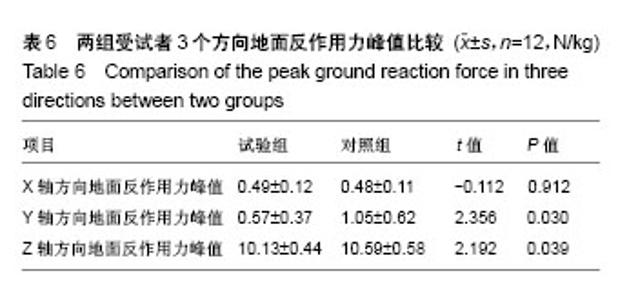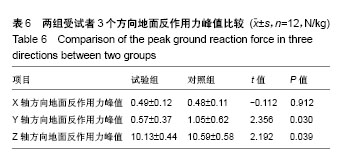| [1] Carr AJ, Robertsson O, Graves S, et al. Knee replacement. Lancet. 2012;379(9823):1331-1340. [2] Ishikawa M, Kuriyama S, Ito H, et al.Kinematic alignment producces near-normal knee motion but increases contact stress after total knee arthroplasty: A case study on a single implant design. Knee. 2015;22(3):206-212. [3] 郑炜宏,高大伟,唐剑邦,等.膝关节置换术后康复治疗小组模式的建立及应用[J].中华关节外科杂志(电子版),2017,11(2):80-83.[4] 李莉,王梓,尹梦虹,等.膝关节置换后早期强调步态训练对患者功能恢复的影响[J]. 中国组织工程研究,2017,21(27): 4288-4293.[5] 李琳,林坚,刘晓林,等.弹力带渐进抗阻训练对膝关节置换术后患者下肢运动功能的影响[J].中国康复医学杂志, 2017,32(3): 301-304.[6] 肖建生. 人工膝关节置换假体的选择[J].中国医疗器械信息, 2017,23(14):24-25,47.[7] 庞昀琦, 张秀杰.膝关节置换手术患者康复效果的相关影响因素分析[J].海南医学,2017,28(21):3468-3470.[8] 李政,胡洪波,李玉民,等.全膝关节置换术后康复影响因素的前瞻性队列研究[J].中国现代医学杂志, 2016, 26(13):131-137. [9] 李环如,葛武,吴胜祥,等.膝关节置换治疗膝关节骨关节炎的效果及优越性分析[J].中国医药导刊,2017,19(1):19-20.[10] 谢峰.人工全膝关节置换术58例临床治疗效果研究[J].中外医疗, 2015,34(19):87-88.[11] 王东伟.关节置换治疗老年膝关节退行性骨关节炎的效果分析[J].中国保健营养,2016,26(26):135-136.[12] 刘志宏,张炅,何川,等.活动平台全膝关节假体和单髁膝关节假体置换术后的步态对比分析[J].中华关节外科杂志(电子版), 2017, 11(1):17-23.[13] 郭永亮.三维步态分析重复性经颅磁治疗帕金森的临床疗效[J].医学理论与实践,2017,30(2):298- 299. [14] 时会娟,黄红拾,于媛媛.单纯前交叉韧带断裂与合并半月板损伤患者的步态分析[J].中国运动医学杂志,2017,36(10):858-864.[15] 杜玲玲,夏清.脑卒中偏瘫患者膝过伸步态运动学特点分析[J].中国康复,2018,33(1):7-10.[16] 李勇,方旭昊,毛仁玲,等.老年正常压力脑积水患者与脑卒中患者三维步态参数的差异性研究[J].老年医学与保健, 2017,23(4): 324-327.[17] 陈填贤,王玲,李涤尘,等.全膝关节置换个体化患者右转步态的骨肌多体动力学仿真[J].医用生物力学, 2015,30(5):397-403.[18] 黄萍,刘志宏,齐进,等.膝骨关节炎患者膝关节置换后下肢肌的表面肌电图变化[J].中国组织工程研究,2014,18(13): 2024-2030.[19] 陈清,盛华均,李杏芮,等.膝关节置换术中胫骨截骨厚度对胫骨截面的生物力学影响[J].医用生物力学,2017,32(2):148-153.[20] 翟永喜,叶劲,陈艺,等.单髁与全膝关节置换术治疗膝内侧骨关节炎术后步态对比研究[J].中华关节外科杂志(电子版), 2017, 11(1):9-16.[21] 张曼,江澜.内侧间室膝骨性关节的下肢关节生物力学变化[J].中国康复,2011,26(1):36-38.[22] 邢宝瑞,张冀北,王峻岭,等.牛津单髁置换术治疗膝关节骨性关节炎步态分析临床研究.心理医生,2017,23(13):156-157.[23] 刘志宏,何川,冯建民,等.单髁膝关节置换术后膝关节三维运动学特性研究[J].中华关节外科杂志:电子版,2013,7(4):438-442.[24] 马青川,肖丽英,林剑浩,等.单侧全膝关节置换术前两下肢步态差异性分析术[J].中国康复医学杂志,2015,30(5):447-453.[25] Hatfield GL, Hubley-Kozey CL, Astephen Wilson JL, et al. The effect of total knee arthroplasty on knee joint kinematics and kinetics during gait. J Arthroplasty. 2011;26(2):309-318. [26] 毛玉瑢,李乐,肖湘,等.减重平板训练对早期脑卒中患者下肢运动力矩峰值的影响[J].中华物理医学与康复杂志, 2013,35(1): 21-24.[27] 马路遥,郭万首,程立明.单髁关节置换术后膝关节运动学研究现状.中华骨与关节外科杂志,2015,8(1):97-100.[28] Tungtrongjit Y, Weingkum P, Saunkool P. The effect of preoperative quadriceps exercise on functional outcome after total knee arthroplasty. J Med Assoc Thai. 2012;95(suppl 10): S58-S66. [29] Lester DK, Shantharam R, Zhang K. Dynamic electromyography after cruciate-retaining total knee arthroplasty revealed a threefold quadriceps demand compared with the contralateral normal knee. J Arthroplasty. 2013;28(4):557-562. [30] Li K, Ackland DC, Mcclelland JA, et al. Trunk muscle action compensates for reduced quadriceps force during walking after total knee arthroplasty. Giat Osture. 2013;38(1):79-85. |
